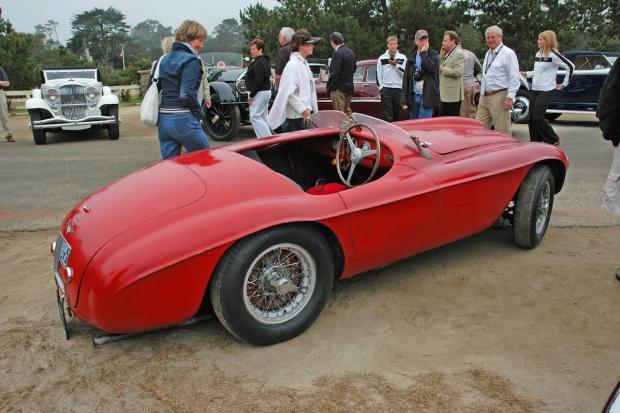
Anyone who has been an enthusiast any length of time will recognise how much the classic car world has changed in the past 20 years.
First, there are the events. From a few festivals and meets for the diehards, the calendar has exploded with a non-stop cascade of classic shows, meetings, festivals and race meetings.
You can't ignore the role of Goodwood in this because the Revival changed everything. Not only because so many others have followed suit, usually retaining their own personality thankfully, but also because it kicked open the doors to the wider public.
'Our' events are now attended and enjoyed by tens of thousands of casual or non-enthusiasts and such exposure can only be good for our hobby.
The same goes for media exposure. I always used to delight in the occasional spot of a classic in a print or TV ad, but now the airwaves are full of them. Great.
Then there is classic car usage, which has ballooned beyond comprehension. Having always owned classic (or in some cases just old) cars, they have always been my primary transport, but even when I joined C&SC and announced that I planned to commute every day in a classic and not even own a modern car, I was given some odd looks.
In those early years I met loads of like-minded souls in the hobby, but we were still the minority. One of the things that makes me happiest, therefore, is to today gaze down on the C&SC parking spaces and see them packed with the team's daily driver classics whereas 17 years ago it would have been just mine amid some modern hatches.

